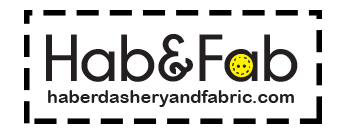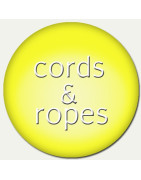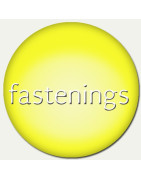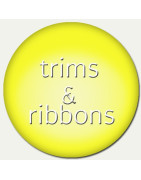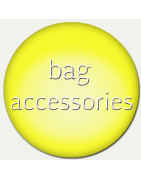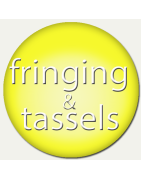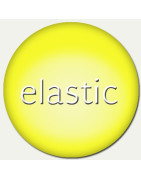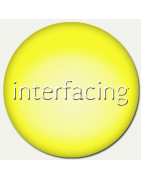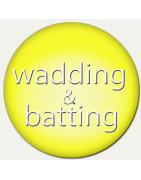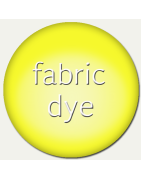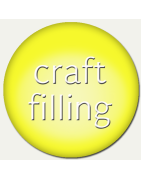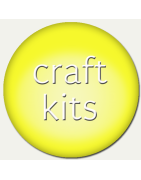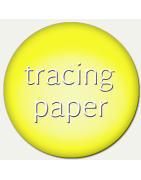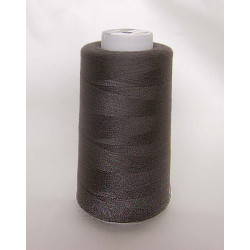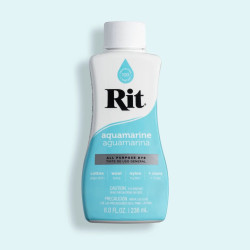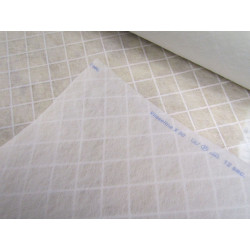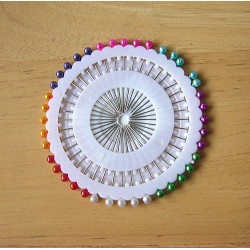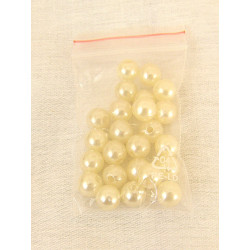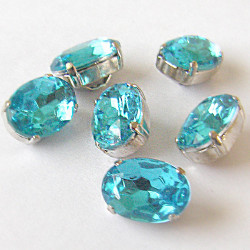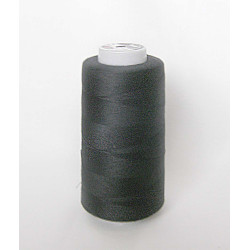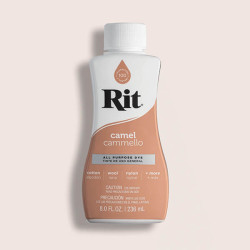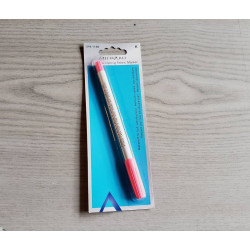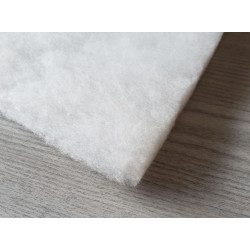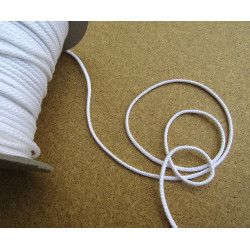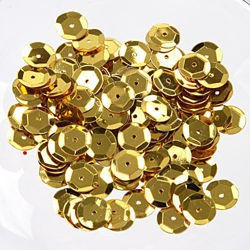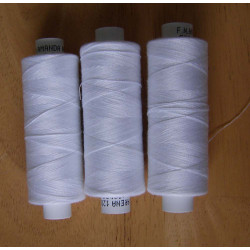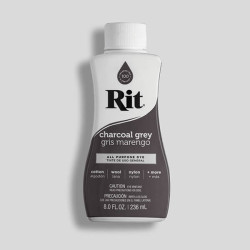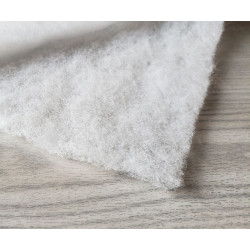-
Home
-
Fabric
- Solid fabrics
- fabric by color
- composition
-
patterned fabrics
- abstract pattern
- Animals
- check fabric
- camouflage
- Christmas patterns
- damask pattern
- feathers
- floral fabric
- fruits
- geometric patterns
- halloween
- hearts
- Moroccan pattern
- nature
- nautical
- other patterns
- ornamental
- superhero
- paisley
- retro pattern
- stars
- shibori
- skull pattern
- toile de jouy
- Fashion
- Children's fabric
- sport
-
Fabric by type
- brushed cotton
- canvas fabric
- chiffon fabric
- cotton lawn
- double gauze
- embroidered fabric
- calico fabric
- flock fabric
- jacquard fabric
- Jersey fabric
- linen look
- muslin fabric
- medium weight cotton
- net fabric
- panama fabric
- poplin fabric
- satin fabric
- stretch fabric
- slub fabric
- suede
- Terry Towelling
- tulle fabric
- twill fabric
- velvet
- waffle fabric
- waterproof fabric
- fur fabric
- sequin fabric
- faux leather
- fleece fabric
- denim fabric
- quilting fabrics
- curtain fabrics
- childrens fabric
- Fabric remnants
- offcuts bundle
- craft fabrics
- dressmaking fabric
- upholstery fabric
- fabric panels
- foam fabric
-
Haberdashery
- cords&ropes
- Threads
- dressmaking accessories
- fastenings
- embellishments
- motifs and elements
-
trims & ribbons
- bag accessories
- corsetry
-
Piping cord
- white & cream
- beige & brown
- yellow&orange
- pink&red
- lila&purple&burgundy
- gray
- navy - blue
- turquoise - green
- black piping
- cotton piping
- satin pipng
- brocade piping
- suede
- silver piping
- gold
- multicolor
- Twisted rope piping cord
- Upholstery piping cord
- piping -3mm
- piping - 4mm
- piping -5mm
- piping 6mm
- piping - 7mm
- piping - 8mm
- piping 10mm
- piping - 11mm
- bias binding
- tape& webbing
- repair patches
- fringing & tassels
- elastic
- interfacing
- wadding& batting
- fabric dye
- craft filling
- craft kits
- tracing paper
- Sale
-
Zips
- Chunky zips
- Metal zips
- invisible zip
-
zip slider
- Plastic zips slider size 3
- plastic zip slider size 5
- plastic zip size 7 sliders
- plastic zips size 8
- plastic zips size 10
- chunky zip size 3
- chunky zip slider size 5
- chunky zip slider size 8
- chunky zip slider size 10
- metal zip slider size 3
- metal zip slider size 5
- metal zip slider size8
- black sliders
- antique brass sliders
- silver sliders
- waterproof slider
- gold sliders
- metal gun
- zip parts
- zips by color
- reversible zips
- skirt- dresses - trousers zips
- two-way zip
- waterproof zips
- coil zip
- continuous zip
- jeans zip
- samples
- cushions & cushion covers
-
Fabric
-
Fabric
- Solid fabrics
- fabric by color
- composition
-
patterned fabrics
- abstract pattern
- Animals
- check fabric
- camouflage
- Christmas patterns
- damask pattern
- feathers
- floral fabric
- fruits
- geometric patterns
- halloween
- hearts
- Moroccan pattern
- nature
- nautical
- other patterns
- ornamental
- superhero
- paisley
- retro pattern
- stars
- shibori
- skull pattern
- toile de jouy
- Fashion
- Children's fabric
- sport
-
Fabric by type
- brushed cotton
- canvas fabric
- chiffon fabric
- cotton lawn
- double gauze
- embroidered fabric
- calico fabric
- flock fabric
- jacquard fabric
- Jersey fabric
- linen look
- muslin fabric
- medium weight cotton
- net fabric
- panama fabric
- poplin fabric
- satin fabric
- stretch fabric
- slub fabric
- suede
- Terry Towelling
- tulle fabric
- twill fabric
- velvet
- waffle fabric
- waterproof fabric
- fur fabric
- sequin fabric
- faux leather
- fleece fabric
- denim fabric
- quilting fabrics
- curtain fabrics
- childrens fabric
- Fabric remnants
- offcuts bundle
- craft fabrics
- dressmaking fabric
- upholstery fabric
- fabric panels
- foam fabric
-
Haberdashery
- cords&ropes
- Threads
- dressmaking accessories
- fastenings
- embellishments
- motifs and elements
-
trims & ribbons
- bag accessories
- corsetry
-
Piping cord
- white & cream
- beige & brown
- yellow&orange
- pink&red
- lila&purple&burgundy
- gray
- navy - blue
- turquoise - green
- black piping
- cotton piping
- satin pipng
- brocade piping
- suede
- silver piping
- gold
- multicolor
- Twisted rope piping cord
- Upholstery piping cord
- piping -3mm
- piping - 4mm
- piping -5mm
- piping 6mm
- piping - 7mm
- piping - 8mm
- piping 10mm
- piping - 11mm
- bias binding
- tape& webbing
- repair patches
- fringing & tassels
- elastic
- interfacing
- wadding& batting
- fabric dye
- craft filling
- craft kits
- tracing paper
- Sale
-
Zips
- Chunky zips
- Metal zips
- invisible zip
-
zip slider
- Plastic zips slider size 3
- plastic zip slider size 5
- plastic zip size 7 sliders
- plastic zips size 8
- plastic zips size 10
- chunky zip size 3
- chunky zip slider size 5
- chunky zip slider size 8
- chunky zip slider size 10
- metal zip slider size 3
- metal zip slider size 5
- metal zip slider size8
- black sliders
- antique brass sliders
- silver sliders
- waterproof slider
- gold sliders
- metal gun
- zip parts
- zips by color
- reversible zips
- skirt- dresses - trousers zips
- two-way zip
- waterproof zips
- coil zip
- continuous zip
- jeans zip
- samples
- tips & tricks
- cushions & cushion covers
- Home
-
- Fabric
- Solid fabrics
- fabric by color
- composition
- patterned fabrics
- Fabric by type
- brushed cotton
- canvas fabric
- chiffon fabric
- cotton lawn
- double gauze
- embroidered fabric
- calico fabric
- flock fabric
- jacquard fabric
- Jersey fabric
- linen look
- muslin fabric
- medium weight cotton
- net fabric
- panama fabric
- poplin fabric
- satin fabric
- stretch fabric
- slub fabric
- suede
- Terry Towelling
- tulle fabric
- twill fabric
- velvet
- waffle fabric
- waterproof fabric
- fur fabric
- sequin fabric
- faux leather
- fleece fabric
- denim fabric
- quilting fabrics
- curtain fabrics
- childrens fabric
- Fabric remnants
- offcuts bundle
- craft fabrics
- dressmaking fabric
- upholstery fabric
- fabric panels
- foam fabric
- Haberdashery
- cords&ropes
- Threads
- dressmaking accessories
- fastenings
- embellishments
- motifs and elements
- trims & ribbons
- bag accessories
- corsetry
- Piping cord
- white & cream
- beige & brown
- yellow&orange
- pink&red
- lila&purple&burgundy
- gray
- navy - blue
- turquoise - green
- black piping
- cotton piping
- satin pipng
- brocade piping
- suede
- silver piping
- gold
- multicolor
- Twisted rope piping cord
- Upholstery piping cord
- piping -3mm
- piping - 4mm
- piping -5mm
- piping 6mm
- piping - 7mm
- piping - 8mm
- piping 10mm
- piping - 11mm
- bias binding
- tape& webbing
- repair patches
- fringing & tassels
- elastic
- interfacing
- wadding& batting
- fabric dye
- craft filling
- craft kits
- tracing paper
- Sale
- Zips
- Chunky zips
- Metal zips
- invisible zip
- zip slider
- Plastic zips slider size 3
- plastic zip slider size 5
- plastic zip size 7 sliders
- plastic zips size 8
- plastic zips size 10
- chunky zip size 3
- chunky zip slider size 5
- chunky zip slider size 8
- chunky zip slider size 10
- metal zip slider size 3
- metal zip slider size 5
- metal zip slider size8
- black sliders
- antique brass sliders
- silver sliders
- waterproof slider
- gold sliders
- metal gun
- zip parts
- zips by color
- reversible zips
- skirt- dresses - trousers zips
- two-way zip
- waterproof zips
- coil zip
- continuous zip
- jeans zip
- samples
- cushions & cushion covers
- Fabric
Subcategories
-
cords&ropes
-
Threads
For dressmaking, crafts, and curtain making it's recommended to use a high-quality polyester thread. Using high-quality thread we will receive proper finish and durability of seams. Choosing the right thread is crucial for a successful project, and it's all about matching the thread to the fabric and the project requirements. A thicker thread designed for denim or heavy fabrics would indeed be too bulky and likely to leave unsightly stitches on a piece of delicate silk fabric. Similarly, a thin thread designed for cotton or linen might not provide enough strength and durability for a heavier fabric like wool or velvet. By selecting the right thread weight, type, and material, you can ensure that your stitches are strong, smooth, and invisible, making your finished project look professional and polished.
-
dressmaking accessories
-
fastenings
-
embellishments
Thanks to embellishments , each garment takes on the color and brilliance. Sequins, Paillettes,
Rhinestones, changing clothes in the amazing creations full of glamor and class. In our offer you can find very
a large selection of different kinds of ornaments for clothing, sequin art, scrapbooking and cardmaking. -
motifs and elements
-
trims & ribbons
-
bag accessories
-
corsetry
-
Piping cord
Piping cord is very important addition for dressmaking , upholstery and for many other projects . In Our online shop You can find many types of fabric piping cord . We have satin piping , cotton , brocade , decorative rope , all in variety of colors.
-
bias binding
Bias binding indisputably is a sewing essential , It makes easy many of dressmaking or crafting jobs . It also improves the aesthetic value of the projects and gives them a professional character. In Hab& Fab offer You can find many types of bias binding at good prices.
-
tape& webbing
-
repair patches
-
fringing & tassels
Fringes and tassels are one of the most spectacular trends in clothing and home decor projects. They can be found in many clothes and accessories also. By adding some fringing, the look changes spectacularly, this extra gives an outstanding luxury look.
The history of fringes dates back to the 20th century. last century. When in 1920 the American constitution gave women the right to vote, revolutionary changes began in the world, which also affected fashion. An extraordinary influence on the development of this trend had designers such as Chanel, Vionnet, Lanvin and Molyneux presenting a cut that was groundbreaking at that time, i.e. loose dresses with straps, often decorated with delicate fringes. The next wave of fringe popularity came in the 1950s, when Westerns were all the rage. However, the title of timeless, fringes gained only thanks to the hippie style and the sexual revolution of flower children in the 70s of the last century.
In our shop, you will find a full range of fringing in different colors, types and compositions
-
elastic
Dressmaking elastic is a type of elastic that is specifically designed for sewing and creating garments. It is commonly used in the waistbands, sleeves, or cuffs of clothing to provide stretch and comfort. Dressmaking elastic comes in various widths, colors, and stretch levels, allowing sewers to choose the best option based on their project's needs. It is a versatile tool in dressmaking, ensuring that garments have a secure and flexible fit.
-
interfacing
Dressmaking interfacing is a material used to provide structure, support, and stability to certain areas of garment construction. It is typically placed between the layers of fabric, such as collars, cuffs, or waistbands, to reinforce them and prevent stretching or sagging. Interfacing can be sewn or fused onto the fabric, depending on the desired effect and fabric type. It comes in various weights and types, allowing dressmakers to choose the most suitable one for their specific project. Interfacings are available in a range of thicknesses, colors, and types, they are woven, and non-woven. We have to always consider type of the interfacing for a specific project. In our shop, we have a range of quality interfacings.
-
wadding& batting
Wadding( Batting) is necessary to patchwork and quilting to create an extra volume layer. Which wadding to use for a specific project? Everything depends on personal prefferences. Some quilters prefer cotton, bamboo or wool waddings to work with because they are natural products, but they will shrink slightly (which may be the desired effect). Polyester wadding will not shrink and is suited to projects that are washed regularly. A mixed blend wadding can offer the benefits of both types in a better price.
-
fabric dye
Fabric dye is a substance used to color textiles, available in various forms such as liquid, powder, or gel. It can be derived from natural sources, like plants and minerals, or be synthetic. Dyes work by chemically bonding with the fibers of the fabric, resulting in long-lasting color. Different types of dyes are suited for specific materials, such as cotton, wool, or polyester, and can be applied through methods like immersion, tie-dye, or batik. The choice of dye affects the vibrancy, washfastness, and overall quality of the final fabric.
-
craft filling
Toy stuffing, often made from materials like polyester fiberfill, cotton, or wool, is used to fill plush toys, providing them with shape, softness, and a huggable texture. It can vary in quality and density, with some brands offering eco-friendly or hypoallergenic options. Properly stuffed toys ensure durability and comfort for children, while also affecting the toy's appearance and feel. When making or repairing stuffed toys, it's essential to choose the right stuffing to achieve the desired firmness and comfort level.
-
craft kits
-
tracing paper
Tracing paper is a thin, translucent or semi translucent paper that allows light to pass through, making it easy to trace images or designs from one surface to another. Commonly used by artists, architects, and designers, and dressmakers, it can be utilized for sketching, overlaying, or transferring drawings, patterns, or blueprints. Its smooth texture facilitates fine detail work and is often available in various weights and sizes to suit different projects.
There are 1564 products.
Active filters

